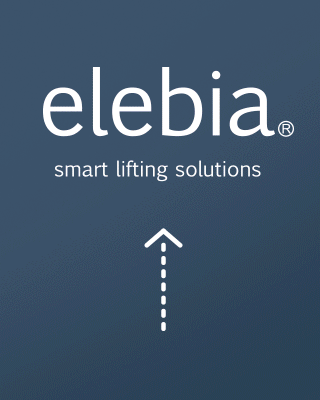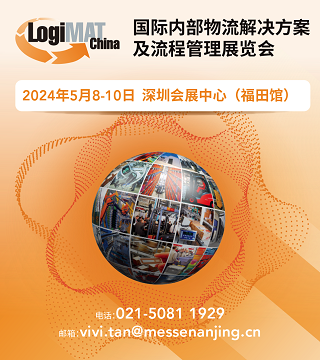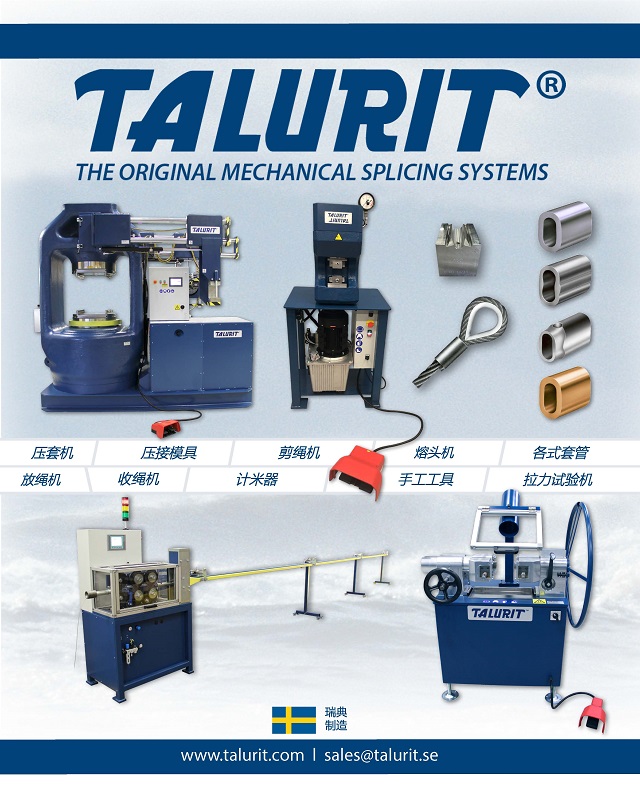Andrew Wright, LEEA (Lifting Equipment Engineers Association) Learning and Development Manager
Right across the world, a wide range of stakeholders are demonstrating a welcome commitment to improving the standards of safety, efficiency and professionalism in overhead lifting. Amongst public bodies and commercial enterprises alike, there is growing recognition of the potential risks and dangers of poorly planned and executed lifting operations, and a genuine determination to address the root causes. Inevitably, a range of different strategies are being pursued, but one common theme is the ever-increasing number of organisations that are adopting the UK’s Lifting Operations and Lifting Equipment Regulations (LOLER) as best practice. Given the emphasis that LOLER places on the ‘human element’ and the need for competent staff to be used in all aspects of overhead lifting operations, one of the knock on effects has been fast growing global demand for properly trained and qualified overhead lifting equipment engineers.
As many readers will be aware, LOLER takes a modern, risk-based approach, and is not unduly prescriptive in terms of how employers achieve the goal of safe overhead lifting. However, one key requirement spelt out in the legislation is the need to subject all overhead lifting equipment to periodic thorough examination to ensure that it is fit for purpose. Regardless of the prevailing legislation, it is self-evident that maintaining the integrity of all the equipment involved is critical to any safe lifting program, alongside proper planning, supervision and operation by appropriately trained and experienced staff. However, whilst the growing appreciation of thorough examination both in the UK and beyond is a positive development, it is not without challenges for the stakeholders concerned.
The first issue to be addressed is simply recognizing what a thorough examination comprises. In brief, LEEA’s Code of Practice for the Safe Use of Lifting Equipment (COPSULE) defines it as a ‘visual examination, carried out by a competent person carefully and critically and, where appropriate, supplemented by other means such as measurement and testing, in order to check whether the equipment is safe to use.’ LOLER sets out how often and under what circumstances such procedures should take place, and what should be included in the written report which is made following every thorough examination.
Despite the fact that definitions and detailed explanations are readily available, some employers still struggle to implement effective programs of thorough examination. One common failing is to confuse thorough examination with the distinct (yet similarly important) process of in-service inspection; typically this comprises a more routine visual procedure, possibly supplemented by simple operating tests. These will generally be undertaken by the operator, usually before the equipment in question is to be used.
Another common stumbling block is identifying what actually constitutes competence in terms of undertaking a thorough examination. Here again COPSULE offers a definition, emphasising the need for a combination of both theoretical knowledge and practical experience of the equipment concerned. Fundamentally, employers and stakeholders must recognise that whilst it may often appear relatively straightforward and simple, overhead lifting equipment requires specialist skills and expertise to be able to identify whether it is – and will remain – fit for purpose.
Since the introduction of its industry-recognised Diploma qualification in the late 1950’s, LEEA has taken a lead role in training and accrediting technicians and engineers that intend to undertake test, examination and maintenance of overhead lifting equipment. Over subsequent decades, the association’s training offer has been subject to considerable development and evolution, perhaps most notably with the creation of a dedicated training centre and portfolio of practical courses to complement distance learning provision. However, it is fair to say that the launch of the LEEA Academy in September 2015 marks the beginning of a new era in the training and continuing professional development of overhead lifting equipment engineers.
Aiming to offer a more rigorous, flexible and enjoyable experience for Diploma students worldwide, the new Academy encompasses a range of delivery methods, including a new e-learning service that employs the latest 3D modelling and interactive techniques. The comprehensive range of options available also incorporates instructor-led practical training, and ‘blended learning’ which combines both e-learning and hands-on courses.
The LEEA Academy makes full use technology to fit around the diverse and varied working lives of students. E-learning can therefore be accessed around-the-clock via PC, Mac, laptop or tablet. An extensive library of high quality, computer generated 3D images of equipment has been created, making it far easier to relate learning to ‘real life’ working situations. In addition, fully interactive quizzes and revision assignments are used throughout each training course, providing students with immediate feedback on progress and helping to identify any gaps in knowledge. Furthermore, students can work at their own pace, and benefit from access to a dedicated tutor and technical helpdesk. A new online training community connects fellow students.
By March 2016, all of LEEA’s online and distance learning courses will have migrated to this new learning management system, providing a compelling set of benefits for participants. The LEEA Academy makes access to training more straightforward, the process of preparing for Diploma examinations more rewarding, and enables easier transfer of the theoretical skills delivered by the e-learning courses to the vital physical tasks of testing, examining and maintaining equipment. But it also has a wider contribution to make to the overhead lifting industry, which is facing a serious shortfall in terms of appropriately qualified engineers. By creating a more attractive and appealing career path for aspiring students worldwide, the LEEA Academy will help address this serious skills gap, and as a result provide even greater support for the global drive towards safer overhead lifting.





